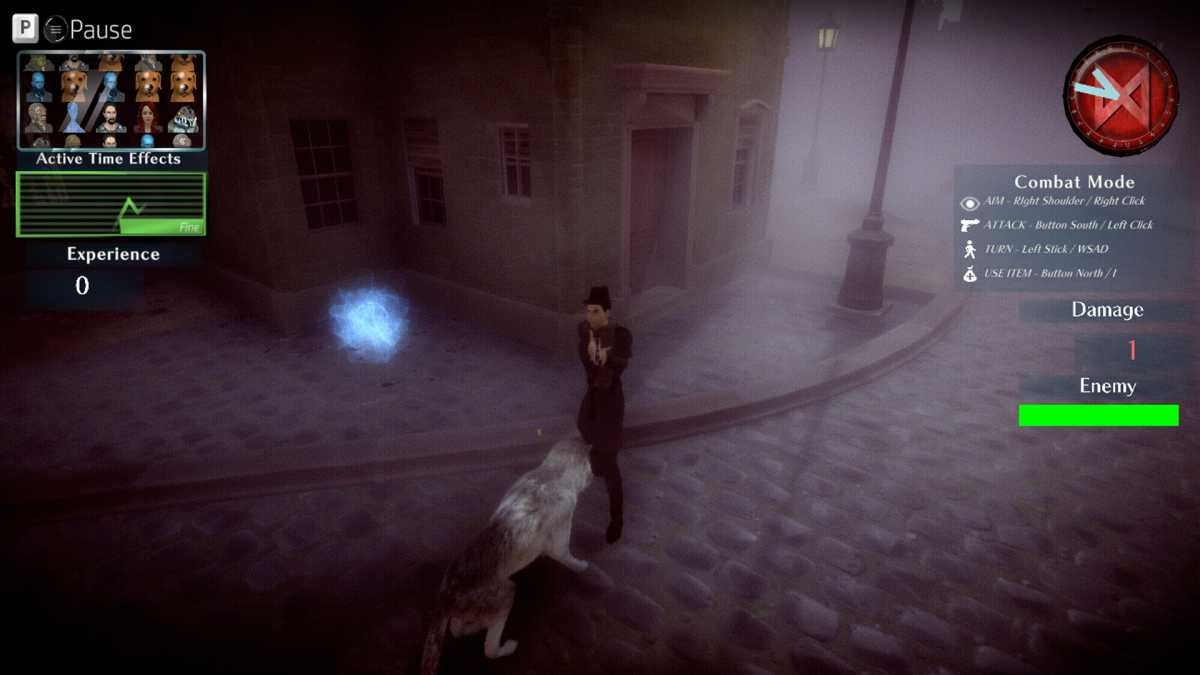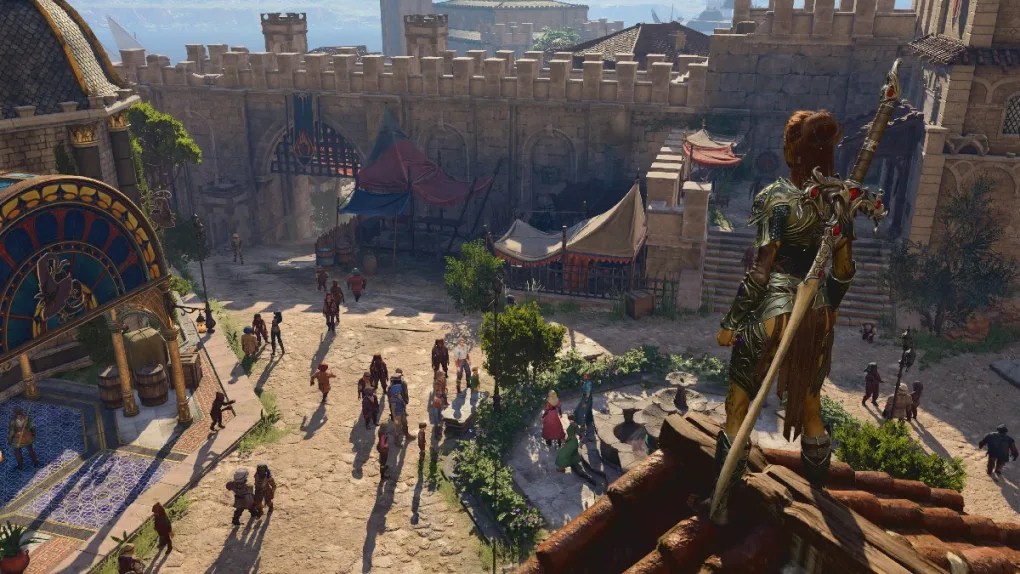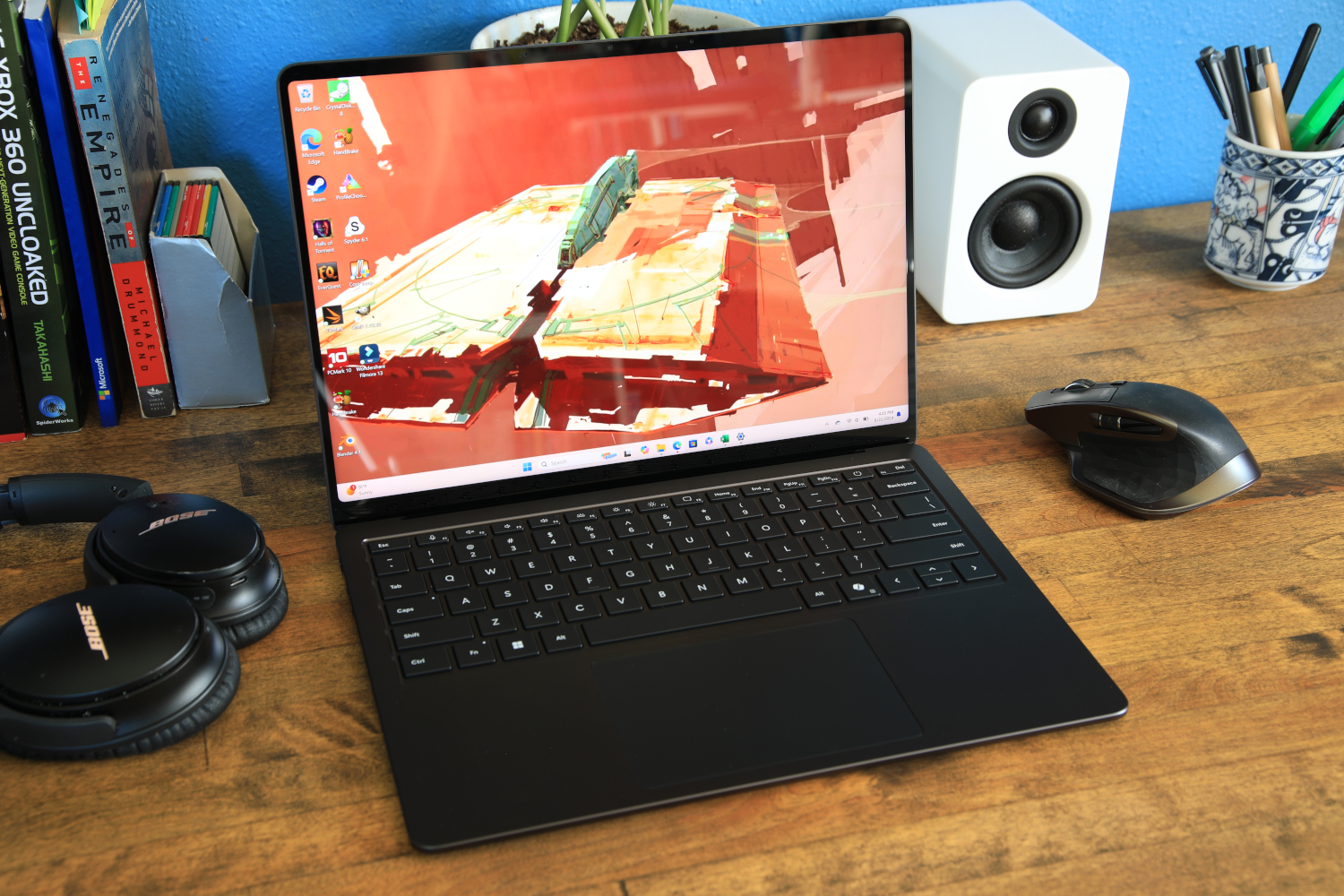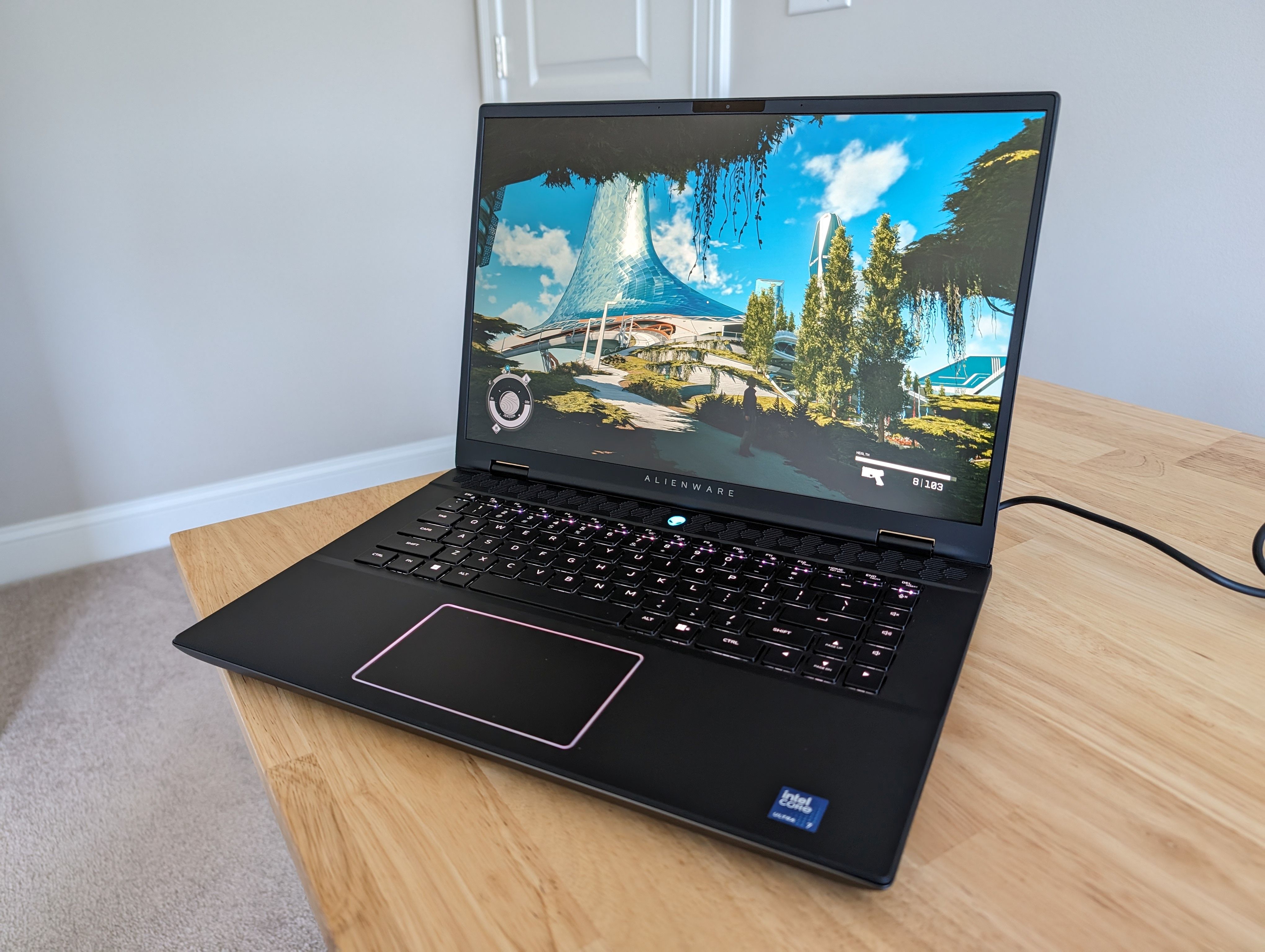Qualcomm’s Snapdragon X chips, which power over a dozen Copilot+ PCs from numerous laptop makers, are a hit. They deliver processor performance that rivals AMD and Intel hardware alongside superior battery life and low fan noise. Qualcomm-powered laptops should be at the top of your list if you’re looking for a brand-new daily driver.
But there’s one thing they struggle with: PC gaming. My deep-dive into gaming on the Microsoft Surface Laptop found that even older titles, like Diablo II: Resurrected and Civilization VI, perform far worse than on an Intel x86 processor paired with Intel Arc integrated graphics. Even worse, some games just refused to launch at all.
Yes, there’s still hope for PC gaming on Arm hardware, but don’t expect things to change overnight. I interviewed developers for insights and answers to why Windows on Arm gaming is still struggling.
Further reading: The best laptops we’ve tested
Bringing games to Windows on Arm isn’t exactly rocket science
The lack of games for Windows on Arm might suggest that it’s difficult to develop games for the hardware. That isn’t the case.
Qualcomm’s Snapdragon X is new, but it’s only the latest chapter in Microsoft’s decade-long struggle to make Windows on Arm viable. Microsoft and Qualcomm previously partnered for the Snapdragon 8cx, announced in December of 2018. And Microsoft’s Arm-first operating system, Windows RT, was revealed all the way back in 2011 (though quickly discontinued in favor of bringing Arm to all versions of Windows).
It’s been a journey, to say the least. Along the way, Microsoft has deployed tools to make it easier to develop for Windows on Arm. The Windows SDK, which many developers use as a starting point when building for Windows, has offered an Arm compiler for years.

The Dawning Clocks of Time Remake
“It’s actually not that different to developing on Windows and on other game consoles,” said Jake Jackson, a developer at indie game studio Spacefarer R&D, which developed action-adventure game The Dawning Clocks of Time Remake, available on Windows for both x86 and Arm. “In fact, since we developed the game as a Nintendo Switch title first, which is indeed an Nvidia Tegra Arm64 chip, we already did the main optimization and graphic pipeline work from the get-go.”
Jackson’s experience might not be relevant to every game developer, but it’s certainly representative of many. The Nintendo Switch is hugely popular across the globe and an extremely common target platform for game development. Many prominent indie games, from Stardew Valley to Dead Cells to Hollow Knight, are available on Switch.

Hollow Knight
Aaron Giles, a developer who worked at Microsoft and helped bring Windows to Arm, shared similar thoughts. Giles retired from Microsoft in 2021 and now works on a variety of projects. One of these is DREAMM, an emulator for classic LucasArts games. (Giles was a programmer at LucasArts in the mid-90s.) Giles developed x86 and Arm-native versions of DREAMM for both Windows and macOS.
“DREAMM is a bit of a unique case in that it’s an emulator that has a large assembly language component (the CPU emulator), which I’ve hand-crafted for both Intel and Arm systems,” said Giles. “Outside of that, it’s just a recompile and everything else works fine as-is, to be honest.”
If Windows on Arm is capable of games, why are game developers avoiding it?
The thing is, there are a number of popular PC games that have Arm versions available for other, non-PC platforms. Civilization VI, Fortnite, Baldur’s Gate 3, Stardew Valley, and Total War: Warhammer III are high-profile games that can run natively on Arm hardware, yet aren’t available for Windows laptops with Arm processors.
So, what’s the hold-up? Well, digital storefronts like Steam, GOG, and Epic Games Store don’t distribute games for Windows on Arm.

Valve
“Steamworks doesn’t have the option currently to distribute an Arm version of the game, even though the ability to produce a very performant build in Unity has been there for some time now. For some reason, they’re slow at adopting this. GOG does not distribute Arm apps either,” said Jackson.
And while digital storefront support isn’t a problem for Giles, since DREAMM is available for free through his website, he did say the lack of Arm support could be a problem for other developers. “Compiling for Arm is a no-brainer for 99% of stuff, so it’s quite possible that the lack of Arm-supporting distribution outlets is a problem,” said Giles.
Yeah, that’s an issue. Game development is an art, but—for most developers—it’s also a business. Developing a version of a game that’s difficult to distribute and sell is decidedly not good business.
If storefronts like Steam, GOG, and Epic Games Store were to open up distribution for Windows on Arm games, that would remove a major roadblock for developers. Unfortunately, none of them have yet announced (or even hinted at) plans to offer Arm support. (None of them replied to a request for comment on this article.)

Baldur’s Gate 3
When these storefronts will support Windows on Arm is hard to say, but history doesn’t offer encouragement. Steam distributes some Arm-native games for macOS (like Baldur’s Gate 3), but Steam’s macOS client remains x86-native. Plus, many Mac games distributed through Steam aren’t Arm-native, and Steam lacks a filter to separate macOS games developed for x86 from those developed for Arm.
“I expect we will see more native implementations of Arm versions of games. But you have to keep in mind that this is still going to be a relatively slow ramp relative to the existing size and scale of the market,” said Ryan Shrout, President of Signal65.
Shrout is speaking from experience. He joined Intel in 2018 and led the company’s marketing efforts during Intel’s launch of Arc discrete graphics. While many games ran well on Arc at launch, some did not—and as a result, building rapport with game developers is a grueling effort that Intel continues to this day.

Lenovo
“It is very difficult to ask a developer of a game that has already been released, where that developer may have moved onto its next project, to go back and do any kind of updates or patches for new platforms or technologies that have come out. I saw this same thing happen with Arc while I was at Intel,” said Shrout.
If Shrout is right, many of the titles that are currently available for PC but are no longer in active development will never see a Windows on Arm release. That tosses the burden back on Microsoft’s Prism emulator, which is used to run x86 apps in Windows on Arm.
Prism can work with some older titles—I had no problem playing EverQuest, for example—but with literally hundreds of thousands of PC games available across four decades of Windows development, ensuring full compatibility is close to an impossible task.
Steam, GOG, and Epic hold all the cards
I remain confident that PC gaming will eventually embrace Windows on Arm. It’s not a question of if, but when.
Still, it’s no secret that game developers and digital storefronts feel no urgency to hop aboard Windows on Arm, and even Microsoft isn’t doing all they can to promote proliferation.
The Microsoft Store offers Windows on Arm games but they’re difficult to find, and Microsoft’s own in-house studios (like Bethesda) are silent regarding Windows on Arm support. (I’d think Skyrim for Windows on Arm would be an easy win here, yet it doesn’t exist. Why not?)
Thinking about getting a Windows on Arm laptop? If you’re a PC gamer, you should probably hold off for now—at least until Steam, GOG, and Epic Games Store seem more ready to embrace Arm. The “gaming on Windows on Arm” train can’t leave the station until they’re on board.
Further reading: The best gaming laptops we’ve tested





